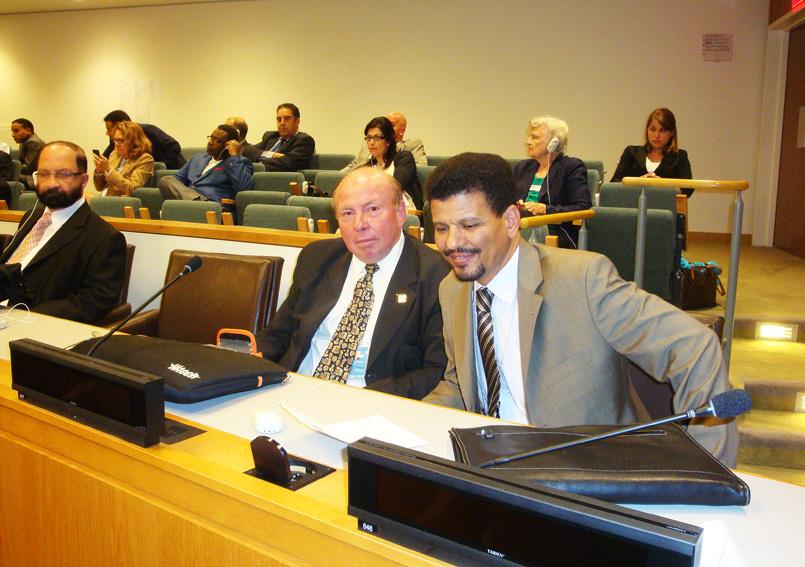Anyone who has witnessed the bizarre spectacle of the medieval tanneries in Fez, with hides being sloshed around in baths of dye by half-dressed navvies stained with the stuff, can see how this sloppy process must be deeply unhealthy and environmentally damaging.
Most tanning worldwide is done in rotary drums containing chromium sulphate, but a company in Alicante has pioneered “eco-friendly leather tanning” using titanium sulphate. The firm, Incusa, believes there is “huge growth potential” for its proprietary Sanotan process.
Incusa supplies the leather for such brands as Fluchos in Spain, Gaston Millein France and Kickers worldwide. So far, it’s been used to produce more than one million pairs of shoes thus saving 25 tonnes of chromium, 35 tonnes of carbon dioxide and 40 tonnes of chloride.
Enrique Montiel, assistant director of Spain’s technical institute for footwear, Inescop, says titanium-tanned leather is as good as anything treated with chrome. Its production is also less energy-intensive and doesn’t contaminate wastewater like chromium does.
Chromium can also provoke allergic reactions among people with sensitive skin, whereas titanium is hypo-allergenic. So leather tanned with its sulphate is of “great interest” to the aviation industry for aircraft seats and to watchmakers, Montiel told a seminar in Brussels.
It is one of a growing number of products and processes that have qualified for aid from the European Commission’s eco-innovation programme, which covers five main areas: water, food and drink, green business, materials recycling and sustainable building products.
Eco-innovation is catching on. An EU forum in Prague last month, looked at how transport, energy and ICT (information and computer technology) could be “greened” to make air in cities cleaner, given that 500,000 EU citizens are dying prematurely due to air pollution.
Timo Makela, the head of the Commission’s environment directorate, cited such examples as free public transport in Tallinn, which has been shown to be both economically and environmentally beneficial, and the world’s first “carbon-neutral” fire station at Kilbarrack, in Dublin.
The predicted global population of nine billion by 2050 would require food production and nutrition to increase by 70 per cent, he said. The real challenge was to ensure that economic growth would be driven by eco-innovation so as not to exceed the limits of the Earth’s capacity to cope.
A recent report by McKinsey consultants for the Ellen MacArthur Foundation estimated that eco-innovation represents an opportunity worth €350 billion for Europe’s economy, in terms of saving finite resources by making more careful use of raw materials.
It’s also been estimated that every €1 invested in this area generates a return of €20. And while “eco-industry” amounts to 3 per cent of Europe’s gross domestic product, this is nearly a fifth of all manufacturing. Yet the EU’s eco-innovation budget is a tiny €200 million over five years.
More support
So why doesn’t it get more support? “We ask ourselves the same question,” saidPatrick Lambert, director of the EU’s Executive Agency for Competitiveness and Innovation. “We get 300 proposals a year – too much for the amount of money available.It’s a problem of success.”
But with public procurement of products and services accounting for 20 per cent of Europe’s GDP, it’s clear that member states could be doing a lot more themselves to encourage – and even specify – “greener” alternatives; this would certainly promote eco-innovation.
Ireland is right up there with the Nordic countries in terms of the percentage of GDP invested in research and development, but Michal Miedzinski – a senior consultant with the Technopolis Group – believes this high ranking doesn’t really reflect the situation on the ground.
A better barometer of progress, he told the EU-sponsored eco-innovation seminar in Brussels, is environmental outcomes. And on this measure, inevitably, Ireland falls back down the scale – far below Finland,Sweden and Germany, though still way ahead of Greece.
Agriculture is not being directly addressed by the eco-innovation programme, only indirectly under its water, or food and drink headings.
The reason is “political”, Miedzinski says. The farming lobby is “very sensitive to change, so it’s difficult. There would be a revolution”.
Animal slurry
The 1.3 billion tonnes of animal slurry produced annually throughout Europe is seen as a potential “eco-mine”. Instead of simply spreading it on land, it could be fed into anaerobic digesters to produce bio-fuel as is being done by a few Irish plants that have received EU aid.
In the meantime, EU environment commissioner Janez Potocnik said he was “a bit more optimstic” that final negotiations on Common Agricultural Policy reforms would reinstate a requirement for compliance with other EU policies, notably the water framework directive.
Potocnik, who’s from Slovenia, stressed that green growth “doesn’t mean stopping development”, but was all about producing goods and services while using less resources – “otherwise we will face an environmental credit crunch”. Eco-innovation was “the way to go”.




